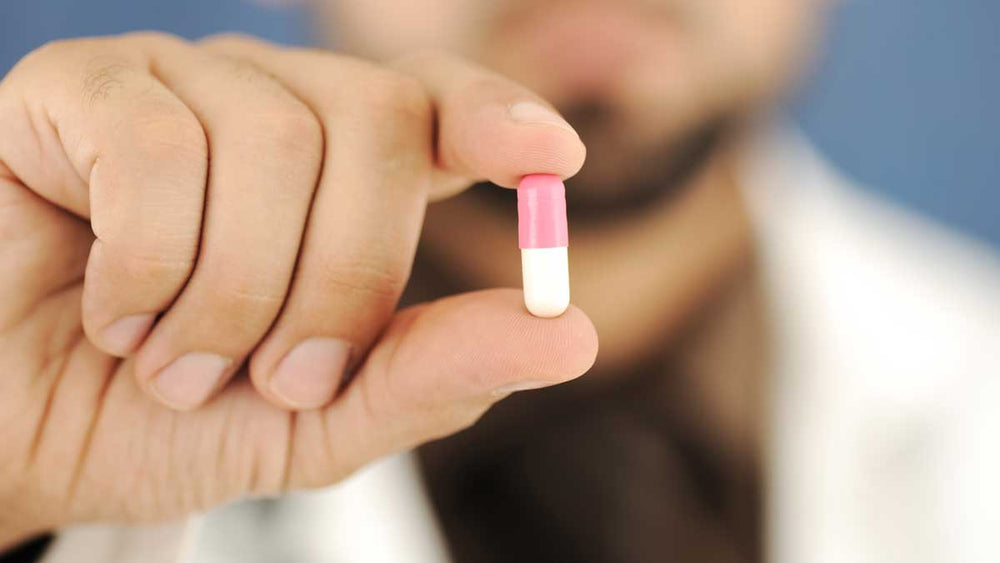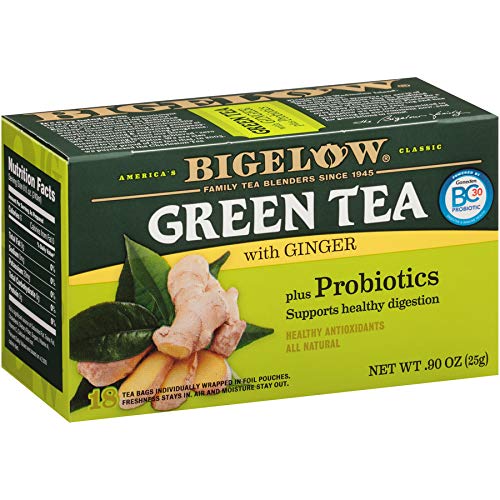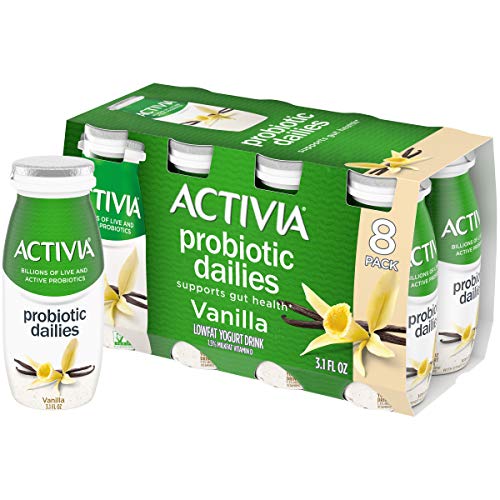Understanding the Impact of Antibiotics on Your Gut Microbiota
Did you know that in 2021, the CDC found that healthcare professionals prescribed 211.1 million antibiotic prescriptions? That’s a lot of antibiotics!
Antibiotics are medications used to fight infections caused by bacteria.
Common side effects of antibiotics can include rash, nausea, yeast infections, and diarrhea (which is frequently called Antibiotic-Associated Diarrhea or AAD). The prevalence of AAD among people who receive antibiotics is approximately 5-35%. The diarrhea can occur during antibiotic treatment and last up to 8 weeks after treatment stops.
Although antibiotics have been viewed as one of the most significant medical advances of the 20th century, they do come with some downfalls. Antibiotics can cause significant changes in gut microbiota that have both short- and long-term health ramifications. Some studies connect antibiotic use with gastrointestinal infections, weight gain, obesity, inflammatory bowel disease, and colorectal cancer.
A 2020 literature review on the importance of the gut microbiome to human health revealed that exposure to antibiotics during infancy has been associated with delayed gut microbiota development. The early exposure to antibiotics and resulting dysbiosis are thought to contribute to Inflammatory Bowel Disease (IBD).
You may be wondering how antibiotics may change the gut microbiota. Well, here is what researchers think happens.
It is believed that some of the usual healthy gut bacteria get removed when you take antibiotics. This reduces exposure to certain microorganism-related patterns and leads to a decrease in the production of antimicrobial peptides.
The gut microbiota is the largest and most complex system in the human body. It plays important roles, including activation of the immune system, maintenance of intestinal homeostasis, and aids in the body’s defense against harmful invaders.
Considering how the gut microbiota is very important to human health, it is important to know how to help support our gut should antibiotics be prescribed. As a registered dietitian, I often get asked what to do when taking antibiotics. So, let's talk about it!
A big recommendation that goes hand in hand with antibiotic use is probiotics.
We have all heard about probiotics, but what are they really?
Probiotics are active microorganisms that are beneficial to the host. They colonize the human body and change the makeup of the gut microbiota. They can help to improve intestinal health and improve the immune system.
Most people need to learn that the type of probiotic used in helping to prevent AAD (Antibiotic-Associated Diarrhea) is very important; not just any probiotic will do. According to a position paper by the European Society for Pediatric Gastroenterology, Hepatology and Nutrition (ESPGHAN), they emphasize the importance of choosing the right type of probiotic:
- There is a strong recommendation for using Lactobacillus rhamnosus GG (LGG) as it has been found to reduce the risk of AAD. In a review done by Agamennone et al., they found a minimal daily dose of 2 x 10⁹ CFU (colony forming units, aka the number of alive/active microorganisms in one serving of a probiotic supplement).
- There are also strong recommendations for using Saccharomyces boulardii as it has also been found to reduce the risk of AAD. The optimal dose has not been established, but a daily dose of not less than 250 mg but not more than 500 mg in children and not greater than 1000 mg in adults has been recommended in randomized controlled trials.
- A pasteurized yogurt containing Streptococcus thermophilus plus L bulgaricus (which can be found in Activia yogurt) for the same duration as the antibiotic treatment has shown a reduction in the risk of diarrhea
It is also important to know that the length of getting your gut microbiota back to baseline varies from person to person. Researchers from PLoS Biology found that it could take between 4 weeks and six months.
As always, talk to your medical provider before starting any supplement to ensure it is appropriate.
- Centers for Disease Control and Prevention. (2022, October 4). Outpatient antibiotic prescriptions - United States, 2020. Centers for Disease Control and Prevention.
- Centers for Disease Control and Prevention. (2021, October 6). Antibiotic use questions and answers. Centers for Disease Control and Prevention.
- Li, W., Zhang, S., Wang, Y., Bian, H., Yu, S., Huang, L., & Ma, W. (2023). Complex probiotics alleviate ampicillin-induced antibiotic-associated diarrhea in mice. Frontiers in microbiology, 14, 1156058.
- Patangia, D. V., Anthony Ryan, C., Dempsey, E., Paul Ross, R., & Stanton, C. (2022). Impact of antibiotics on the human microbiome and consequences for host health. MicrobiologyOpen, 11(1), e1260.
- Lange, K., Buerger, M., Stallmach, A., & Bruns, T. (2016). Effects of Antibiotics on Gut Microbiota. Digestive Diseases, 34(3), 260–268.
- Ramirez, J., Guarner, F., Bustos Fernandez, L., Maruy, A., Sdepanian, V. L., & Cohen, H. (2020). Antibiotics as Major Disruptors of Gut Microbiota. Frontiers in cellular and infection microbiology, 10, 572912.
- Szajewska, H., Canani, R. B., Guarino, A., Hojsak, I., Indrio, F., Kolacek, S., Orel, R., Shamir, R., Vandenplas, Y., van Goudoever, J. B., Weizman, Z., & ESPGHAN Working Group for Probiotics Prebiotics (2016). Probiotics for the Prevention of Antibiotic-Associated Diarrhea in Children. Journal of pediatric gastroenterology and nutrition, 62(3), 495–506.
- Agamennone, V., Krul, C. A. M., Rijkers, G., & Kort, R. (2018). A practical guide for probiotics applied to the case of antibiotic-associated diarrhea in The Netherlands. BMC gastroenterology, 18(1), 103.
- Dethlefsen, L., Huse, S., Sogin, M. L., & Relman, D. A. (2008). The pervasive effects of an antibiotic on the human gut microbiota, as revealed by deep 16S rRNA sequencing. PLoS biology, 6(11), e280.




















Comments
Join The Conversation...